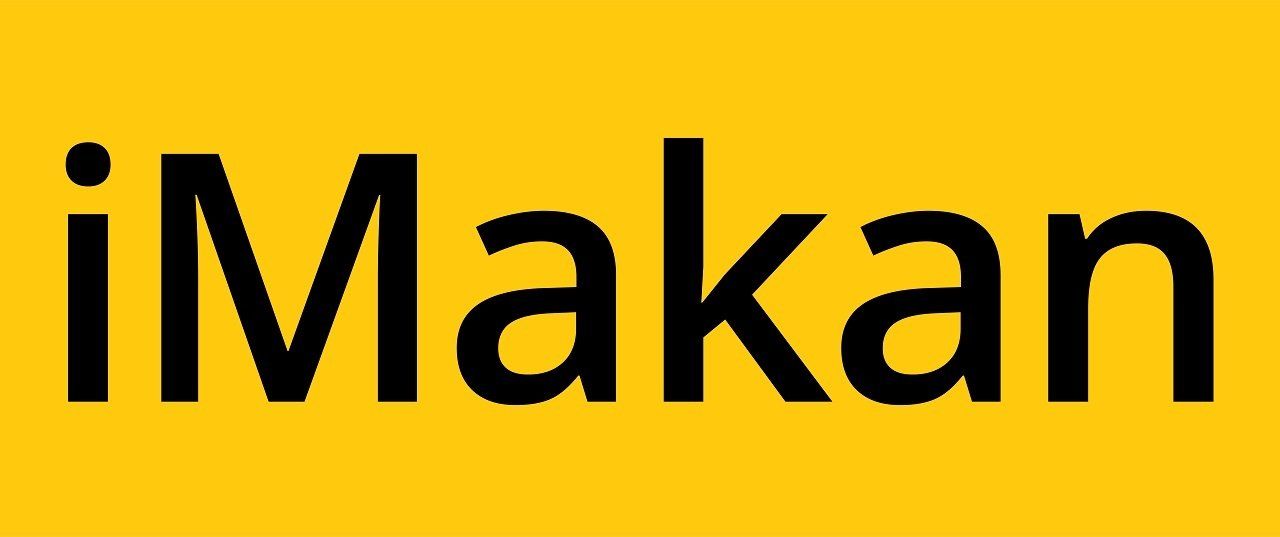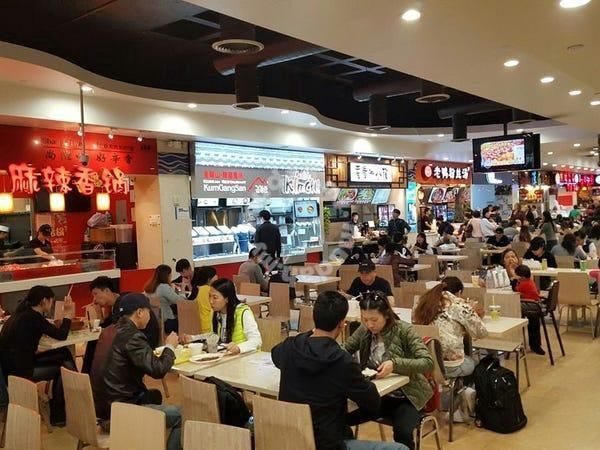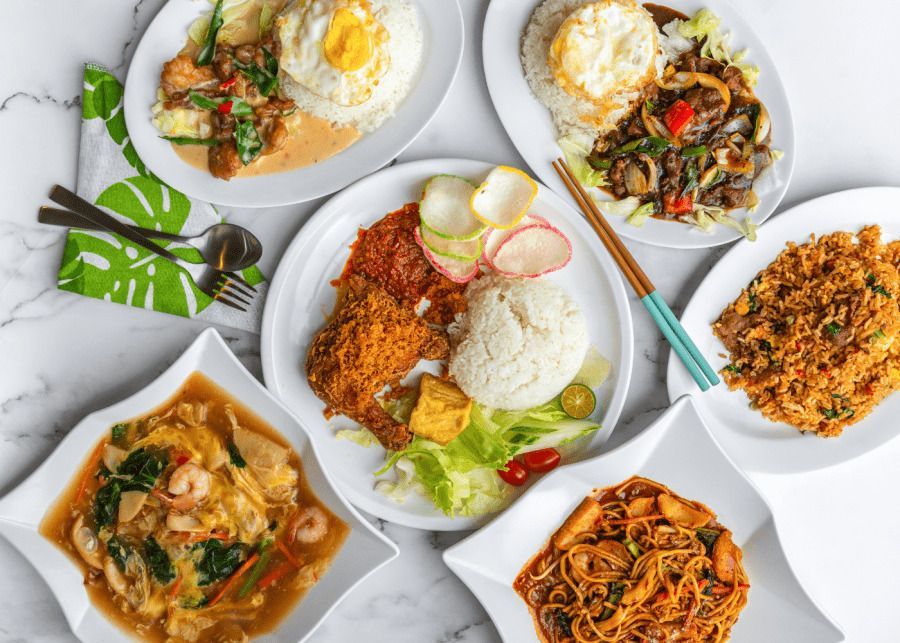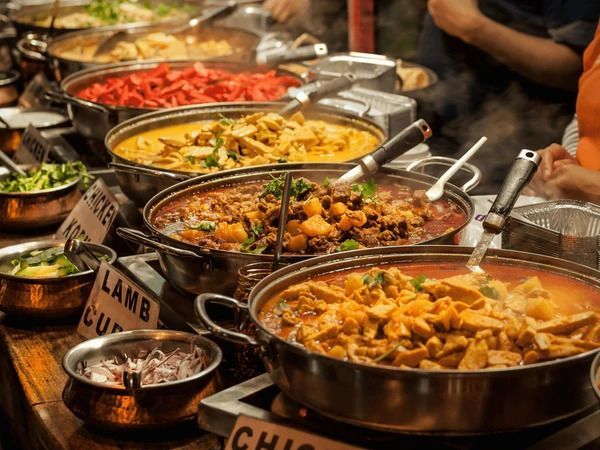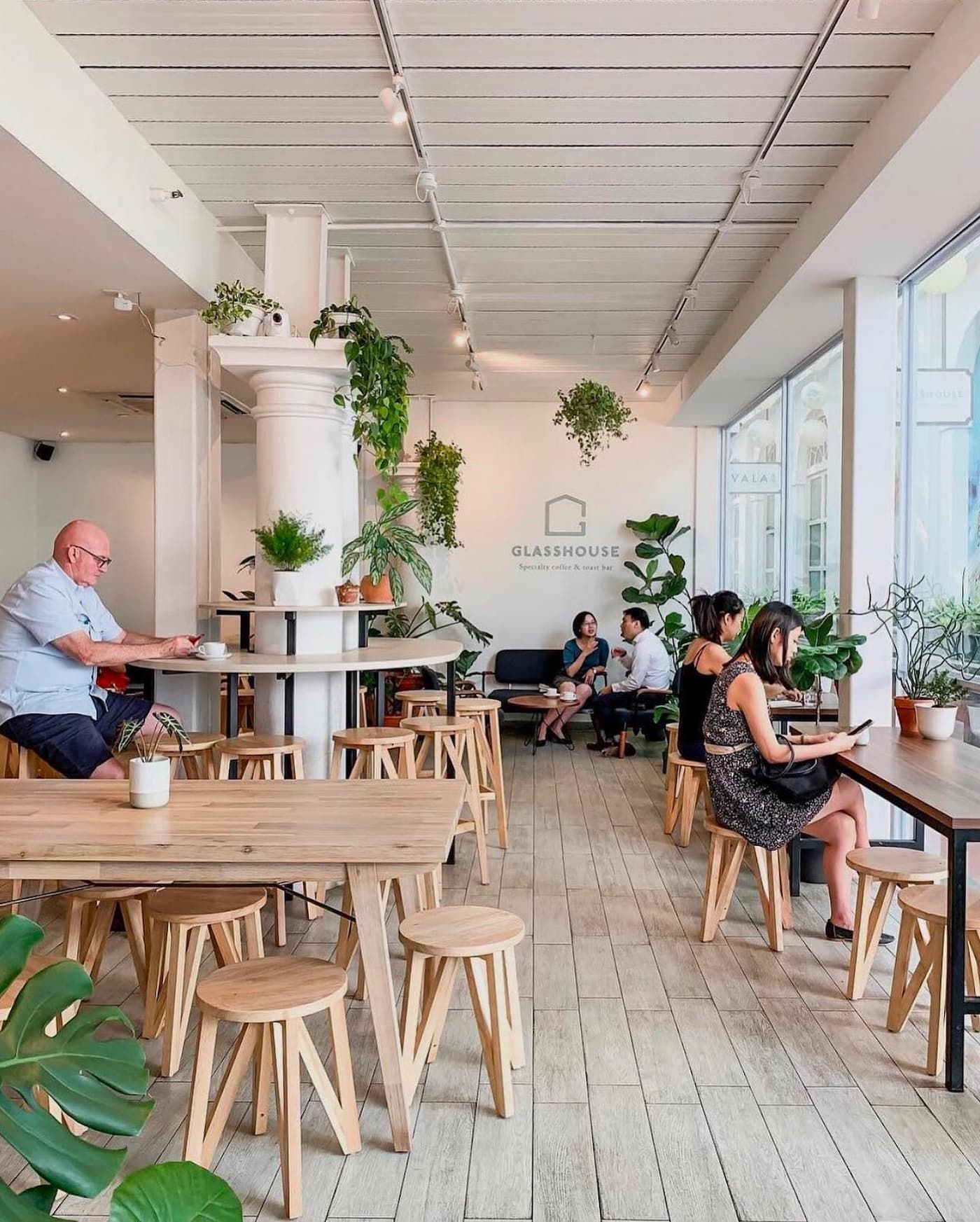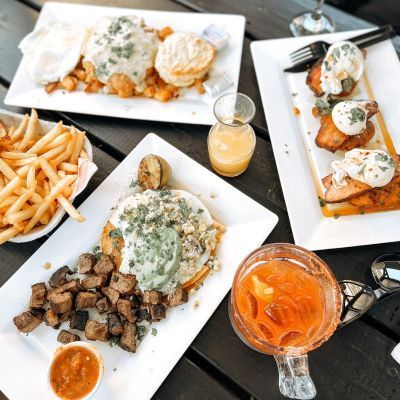The Food and Beverage (F&B) industry in Singapore, while resilient, often faces economic uncertainties that require adaptive strategies for sustained success. Take for example, when Covid 19 forced countries to shut its borders and Singapore's government implemented the Circuit Breaker, which meant that no one could leave their homes except for essential businesses, many F&B businesses had to shut their doors as they were unable to pull through. Even if F&B businesses were able to pull through the Circuit Breaker, some were still forced to shut as they did not have enough cashflow to keep the business afloat.
This article explores practical advice for F&B owners, offering insights into navigating financial challenges, implementing cost-effective measures, and staying agile in response to evolving consumer behaviors.
Financial Resilience Through Smart Budgeting:
Start by conducting a thorough financial analysis to identify areas where costs can be trimmed without compromising quality. Implement a robust budgeting plan that prioritizes essential expenses while identifying opportunities for savings, such as renegotiating supplier contracts or exploring bulk purchasing discounts.
Diversification of Revenue Streams:
Explore avenues for diversifying revenue streams to reduce dependency on a single source. This might involve introducing new menu items, set meals, launching catering services, setting up your own online ordering or partnering with food delivery platforms to tap into the growing demand for convenient dining options.
Embrace Technology for Operational Efficiency:
Leverage technology to streamline operations and reduce overhead costs. Invest in a Point of Sale (POS) system for efficient order processing, explore self-ordering kiosks to enhance customer experience, and utilize data analytics to identify and capitalize on popular menu items.
Agile Marketing Strategies:
Adapt marketing strategies to the changing landscape. Embrace digital marketing channels, engage with customers on social media, and consider loyalty programs to retain existing patrons. Tailor promotions and discounts to align with economic conditions, ensuring they resonate with cost-conscious consumers.
Optimized Workforce Management:
Review staffing requirements and optimize workforce management to align with customer demand. Cross-train staff to handle multiple roles, implement flexible scheduling, and consider part-time or temporary hires during peak hours to manage labor costs effectively.
Negotiate with Suppliers:
Engage in open communication with suppliers to negotiate favorable terms. Seek extended payment terms to help with business cashflow, explore bulk purchase discounts, and consider local sourcing options to reduce transportation costs. Building strong relationships with suppliers can lead to mutually beneficial arrangements.
Community Engagement and Customer Loyalty:
Foster a sense of community for your F&B establishment. Engage with local communities through events, collaborations, and sponsorships. Create customer loyalty programs to encourage repeat business, offering exclusive deals and rewards to your most valued patrons.
One way you could make managing loyalty programs simpler for you is by using a CRM solution that helps you automate loyalty points management, automated promotions, membership tier management and Voucher management.
Monitor and Adapt to Changing Consumer Behaviors:
Be updated about shifting consumer behaviors and preferences. Regularly analyze sales data, solicit customer feedback, and adapt your offerings accordingly. This flexibility ensures your F&B business remains aligned with evolving consumer expectations.
In navigating economic uncertainties, resilience and adaptability are key for F&B businesses in Singapore. By implementing smart budgeting, diversifying revenue streams, embracing technology, optimizing workforce management, and staying connected with the community, F&B owners can position their establishments for sustained success even in challenging times. Remember, the ability to adapt and innovate often distinguishes thriving businesses from the rest in a dynamic economic landscape.
If you are in the marketing for F&B solutions such as a self ordering kiosk, QR ordering or CRM solution, WhatsApp us or drop us as enquiry!

Get in touch today!
Our Singapore solution consultant will get in touch with you shortly!
Sign up to our newsletter
We will get back to you as soon as possible
Oops, there was an error sending your message.
Please refresh your browser and try again!
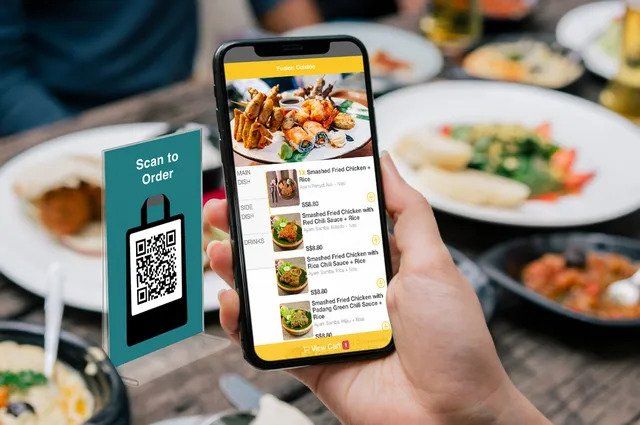
The entirety of this site is protected by copyright © iMakan 2024
Megasafe Technology Pte. Ltd.
